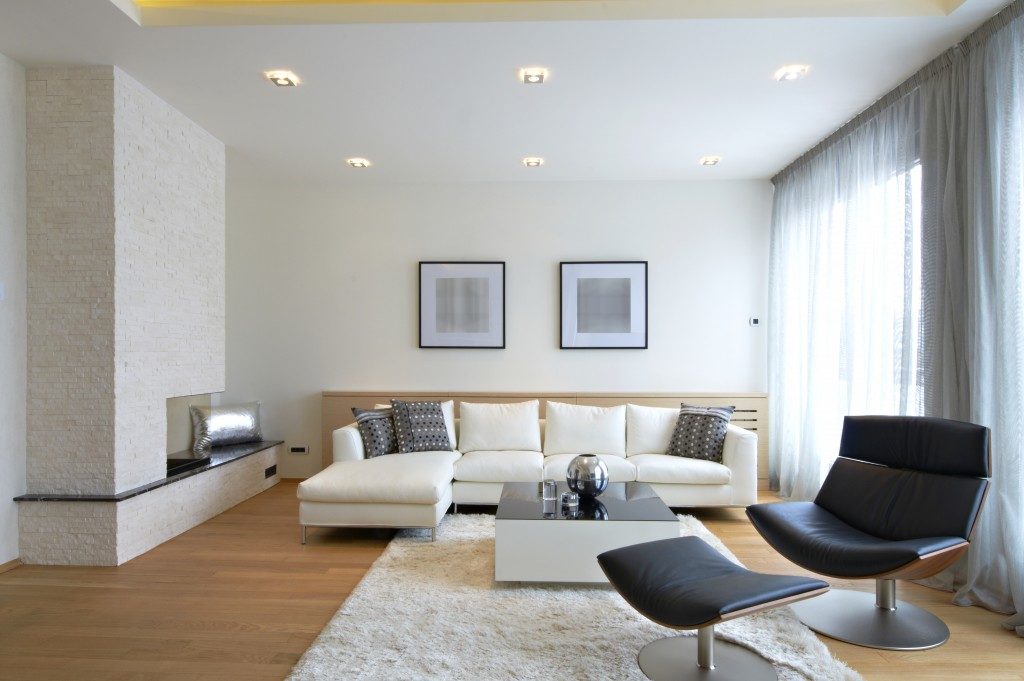Arranging furniture can be a challenging task, but it remains an important part of home design. Seeing an empty room for the first time and thinking of effective ways to start filling it in can be overwhelming for any homeowner.
After all, you have to consider not only the aesthetic aspect of your space but also its practicality. However, as years went by, many expert interior designers and furniture store owners in Utah have developed many simple design principles to guide homeowners in this task.
Below, we provide a simple, easy-to-follow guide to help you arrange all your furniture pieces at home like a pro:
1. Measure your available space and furniture pieces carefully
The challenge of arranging furniture becomes a lot more manageable if you start it on paper first. Take careful measurements of your room as well as your furniture pieces before you start to move anything. Then, follow this basic measurement guide to help you find the right spot for all your stuff.
Do you need to be able to walk around your furniture? If yes, leave at least 30 inches of space in between them. Next, to encourage healthy conversations in your living room, make sure that the sofas and chairs are not more than 8 feet apart when facing each other.
Arrange your seating area in a way that it will be easy for people to have conversations. Also, interior designers recommend leaving 14–18 inches of space between your coffee table and sofa, so it’ll be much easier to reach out for drinks and books or magazines to read.
2. Create a visual focal point in your room
A well-chosen focal point can be that powerful aesthetic spot in any room inside your home. Most of the time, they can be such an obvious choice as they immediately “pop” when you walk into that room — it could be a huge window or an elegant fireplace.
But sometimes, you’ll have to create one yourself. If you’re given this option, be as creative as you can. It doesn’t matter if it’s your television or your huge sofa. When you’ve chosen a focal point, stick with it and arrange all the other elements around it to create a cohesive look.
3. Build an image of how you want things to “flow”
Imagine how you want people to move around your space. For example, when you have visitors come over, do they turn to the left or the right to get to your arranged seating area? Will they end up bumping against any furniture piece as they walk their way in?
Create an obvious entry path not only because it’ll help people find the right direction, but it’ll also make the overall look of your space more visually appealing.
4. Don’t be afraid to go asymmetrical

You don’t have to make everything line up and match. It’s your personal space, after all, and you can do whatever style you want if it reflects your taste. Try the asymmetrical route.
For example, place two candles of different heights next to each other or hang frames on the wall in different shapes and sizes. You can do the same even with your chairs, too. They don’t always have to be matching.
Finally, when arranging furniture pieces and other design elements at home, consider both their sizes and placements so as to avoid giving your space a lopsided look.

